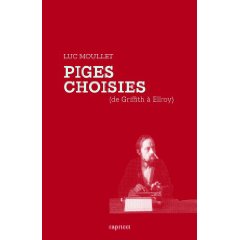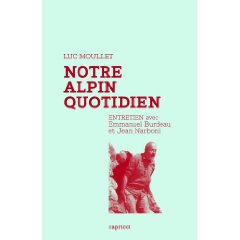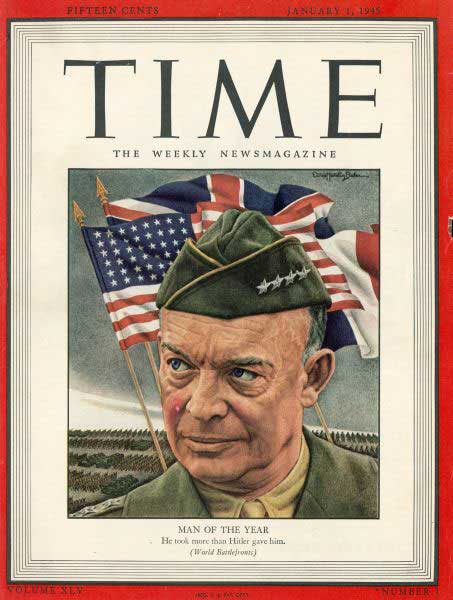
- Every gun that is made, every warship launched, every rocket fired signifies, in the final sense, a theft from those who hunger and are not fed, those who are cold and not clothed. This world in arms is not spending money alone. It is spending the sweat of its laborers, the genius of its scientists, the hopes of its children. This is not a way of life at all in any true sense. Under the cloud of threatening war, it is humanity hanging from a cross of iron.
The Undermining of Intimacy: HOME and EVERYONE ELSE
Written for FIPRESCI, specifically for their web site,from Seattle. –J.R.
The Undermining of Intimacy: Home and Everyone Else
By Jonathan Rosenbaum
As different as they are in other respects, one interesting facet shared by two tragicomic European features included in the New Directors Showcase at the Seattle International Film Festival, Ursula Meier’s Home (2008) and Maren Ade’s Alle Anderen (Everyone Else, 2009), is that they both show the gradual deterioration of intimate relationships that starts to occur between or among individuals in isolation from “everyone else”, after they start to become less isolated. In both cases, contact with the outside world seems to operate as a kind of contamination, although the possibility is posed in each case that the
sickness is already present from the outset, but needs the objectification provided by the outside world in order to become fully evident.
Meier’s Home, a second feature, introduces us to an eccentric but lovingly and happily close-knit family living in the country next to an unfinished superhighway — mother (Isabelle Huppert), father (Olivier Gourmet), older daughter (Adéläide Leroux), younger daughter (Madeleine Budd), and son (Kacey Mottet Klein) — who are gradually driven bonkers by the sound, pollution, and lack of privacy brought by passing vehicles once the superhighway opens. Read more
Wind from the East (A TALE OF THE WIND)
From the Chicago Reader (May 29, 1992). . — J.R.


A TALE OF THE WIND
**** (Masterpiece)
Directed by Joris Ivens and Marceline Loridan
Written by Loridan, Ivens, and Elisabeth D.
With Ivens, Loridan, Han Zenxiang, Liu Zhuang, Wang Delong, Wang Hong, Fu Dalin, Liu Guillian, Chen Zhijian, Zou Qiaoyu, and Paul Sergent.

The Old Man, the hero of this tale, was born at the end of the last century, in a country where man has always striven to tame the sea and harness the wind. Camera in hand, he has traversed the 20th century in the midst of the stormy history of our time. In the evening of his life, at age 90, having survived the various wars and struggles that he filmed, the old filmmaker sets off for China. He has embarked on a mad project: to capture the invisible image of the wind.”
That’s my translation of the French opening title of A Tale of the Wind. It follows the credits, which accompany shots of a plane flying through the clouds and Michel Portal’s primitive-modern jazz score for woodwinds and percussion. After the opening passage the giant blades of a Dutch windmill fill the screen, followed by shots of a little boy in an aviator suit on a windswept lawn, apparently preparing to fly away on a small plane to China, calling to his mother. Read more
WINTER DREAMS: Fitzgerald Meets Frankenheimer (& Sternberg & Cassavetes)
1957 was clearly a bumper year for John Frankenheimer on Playhouse 90: the eleven shows that he directed included The Ninth Day (January 10, the only one I can faintly recall having seen at the time), The Comedian (February 14), The Last Tycoon (March 14), and then a second F. Scott Fitzgerald adaptation, which I’ve just seen for possibly the first time, Winter Dreams (May 23), costarring John Cassavetes and Dana Wynter. (That’s Phyllis Love, another costar, in the above illustration.) All of which probably helps to explain why I considered Frankenheimer an auteur before I ever used that term, during my early teens, for his work on Studio One as well as Playhouse 90.
As masterful in way as The Comedian and The Last Tycoon, Winter Dreams departs from Fitzgerald’s material a lot more than The Last Tycoon by concentrating on the sort of details that the original story leaves out, involving (for instance) the hero’s parents and college room mate, and by ending many years before the story does. (The script is by James B. Cavanagh.) The tone is quite different, too; Fitzgerald’s 1922 story is a reverie whereas the adaptation is much more obviously obsessional. Read more
Bright Star
What’s most disconcerting about Jane Campion’s affecting evocation of Fanny Brawne and John Keats, which I caught up with tonight in Edinburgh, is that it has an exquisite soundtrack for me — erotic, tactile, essentialist in the best sense — only when Keats’ poetry remains unheard. Whether it’s being recited by Ben Wishaw as Keats or by Abbie Cornish as Brawne, the issue isn’t how or how well it’s being recited, which I have no particular quarrels with, but the fact that it gets recited at all. I was admittedly grateful in a way to hear Wishaw recite all of “Ode to a Nightingale” over the final credits, despite the distracting musical accompaniment, even while a good half of the audience was leaving the theater, because there, at least, it wasn’t competing with Campion’s filmmaking. But I’m less sure about the other employments of Keats’ writing in the film, even though the letters arguably seem more justifiable than the poetry, at least from a narrative standpoint.
One of Campion’s strongest suits has always been her eroticism, and the best part of A.O. Scott’s review in the New York Times (as it often is, for him as well as for Manohla Dargis) comes not in the review proper but in the squib at the end appended to the MPAA rating: “It is perfectly chaste and insanely sexy.” Read more
Capitalism: A Love Story
It’s been ten days since I saw the new Michael Moore film, when I was in New York. Then and now, it struck me as being inferior to Sicko, Fahrenheit 9/11, and Bowling for Columbine, yet singular none the less in a way that only a Michael Moore film can be, less for its own qualities (cinematic, political, aesthetic) than for the unique cultural function it has. In a country that essentially has no news, only a series of screeds designed to either stroke or else violently refute or ignore one’s own particular biases (pace Rachel Maddow, cued laughs and all), Moore’s movies wind up teaching us things even if we don’t see them because of the way that certain second-hand kernels of information get filtered down to us. And I certaiinly include myself in this process. Capitalism: A Love Story taught me several things I had known either nothing or very little about — perhaps most importantly, Franklin Roosevelt’s call for a “second Bill of Rights” shortly before his death that ensured the right of individuals to have a job, a decent wage, and health care. Seeing that clip of FDR giving that long-suppressed and forgotten speech is reason enough to see this film. Read more
Commercial Correctness
I can happily report that some portions of the following — which originally appeared in the December 24, 1993 issue of the Chicago Reader—are out of date, because all the films reported here as unavailable (I Want To Go Home, The Decalogue, The Lovers of Pont-Neuf) have subsequently become available. —J.R.
We all know what political correctness is — though the nuances of the term may vary depending on whether you’re inside or outside academia and whether or not you regard it as exclusively the preserve of the left. (Personally, I consider Rush Limbaugh and Andrea Dworkin both charter members of the club.) Commercial correctness in movie ideology, however, has yet to be defined, even though it currently engulfs both the entertainment industry and the audience.
Political correctness can be defined as the demand by members of an oppressed minority—or at least those like Limbaugh who consider themselves equivalent to members of an oppressed minority—to be treated with respect. Commercial correctness, on the other hand, can be defined as the demand of members of a reigning majority—or at least those who consider themselves equivalent to members of a reigning majority—that minority works and positions be treated without respect. Read more
Hollywood or Bust
It’s depressing to recall that Karl Hess: Toward Liberty (1979) wound up winning an Oscar, but this was of course on the eve of Ronald Reagan’s first landslide election as Big Daddy/Rich Uncle. This polemic appeared in the October 8, 1980 issue of The Soho News, and might be considered one of the first glimmers of a more extended argument that would eventually yield the book Movie Wars: How Hollywood and the Media Limit What Films We Can See two decades later. I’ve often speculated, incidentally, if my final sentence might have had anything to do with my never having been invited to the Telluride Film Festival — the current codirector of which, Tom Luddy, was working for Coppola at the time. (I can still recall an angry phone call from Tom during this period that insisted I was dead wrong in taking Coppola as part of the problem rather than as part of the solution. Much later, I should add, in 1987, Tom himself produced one of Godard’s most underrated and neglected features, King Lear.) –J.R.
Hollywood or Bust
by Jonathan Rosenbaum
What do you want to know about the Seventh Annual Student Film Awards — presented by the Academy of Motion Picture Arts and Sciences and AT&T — that a critic could possibly tell you? Read more
The Ill and the Sick [on PRINCES IN EXILE and THE SILENCE OF THE LAMBS]
This article appeared in the February 22, 1991 issue of the Chicago Reader, about three months after the UN Security Council authorized the use of “all means necessary” to eject Iraq from Kuwait and roughly a month after the U.S. Congress cheerfully authorized our going to war, with all flags waving. I’ve rarely felt as alienated from the taste and desires of the mass audience as I did when I reviewed The Silence of the Lambs — an experience made all the more painful by my admiration for much of Jonathan Demme’s previous work — at least until the release of No Country for Old Men during a second and (ultimately, but not initially) much less popular Gulf war. And it wasn’t until I saw John Gianvito’s The Mad Songs of Fernanda Hussein that I found my own emotions about the war reflected in an American feature. —J.R.
PRINCES IN EXILE
Directed by Giles Walker
Written by Joe Wiesenfeld
With Zachary Ansley, Nicholas Shields, Stacie Mistysyn, Andrea Roth, Gordon Woolvett, Chuck Shamata, and Alexander Chapman.
THE SILENCE OF THE LAMBS
Directed by Jonathan Demme
Written by Ted Tally
With Jodie Foster, Anthony Hopkins, Scott Glenn, Anthony Heald, Brooke Smith, and Ted Levine. Read more
Badlands (1974 review)
This appeared in the November 1974 issue of Monthly Film Bulletin. The ironic aftermath of the final sentence in my review is that another five years would pass before the release of Malick’s second feature, and then 20 more before the release of his third. — J.R.
Badlands
U.S.A., 1973 Director: Terrence Malick
It would hardly be an exaggeration to call the first half of Badlands a revelation -– one of the best literate examples of narrated American cinema since the early days of Welles and Polonsky. Compositions, actors, and lines interlock and click into place with irreducible economy and unerring precision, carrying us along before we have time to catch our breaths. It is probably not accidental than an early camera set-up of Kit on his garbage route recalls the framing of a neighborhood street that introduced us to the social world of Rebel Without a Cause: the doomed romanticism courted by Kit and dispassionately recounted by Holly immediately evokes the Fifties world of Nicholas Ray -– and more particularly, certain Ray-influenced (and narrated) works of Godard, like Pierrot le fou and Bande à part. Terrence Malick’s eye, narrative sense, and handling of affectless violence are all recognizably Godardian, but they flourish in a context more easily identified with Ray. Read more
The Example of KATZELMACHER
This is the last in a series of four essays I wrote in 2008 about Fassbinder films for Madman, the Australian DVD label. The others, on The Bitter Tears of Petra von Kant, Ali: Fear Eats the Soul, and Martha, have already been posted on this site. — J.R.
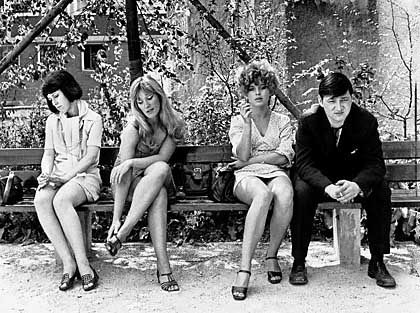
Katzelmacher is only the second feature of Rainer Werner Fassbinder, yet the gulf that separates it from its predecessor, Love is Colder Than Death, is enormous. His first feature, shot over 24 days in April 1969, was later described by its writer-director as the first of his “cinema” films, apparently because its minimal story about petty gangsters seems conceived in relation to genre films. It premiered at the Berlin Film Festival in June, where it was roundly booed and received mixed reviews; it seems fairly safe to conclude that if Fassbinder had made nothing else, most of us would never have heard of him.
This is no doubt why Fassbinder’s somewhat mysterious epigraph for Katzelmacher, credited to his friend and collaborator Yaak Karsunke, reads like a directive to himself: ”It’s better to make new mistakes than to perpetuate the old ones to the point of unconsciousness.” Another directive, more ironic, crops up in one of the film’s final lines of dialogue — “We need a bit of order here” —- which has formal as well as political implications. Read more
On the Denied Politics of THE HURT LOCKER
I’m really tired of hearing from American reviewers that Kathryn Bigelow’s The Hurt Locker “isn’t political”. This specious and even insulting claim is clearly part of their effort to convince people to see the movie, and I’m at least sympathetic to that part, since the film is far and away the best new American commercial feature I’ve seen in months — the best constructed and the most thoughtful and entertaining. It’s also the best commercial American film about the so-called “war in” (I prefer “occupation of”) Iraq, at least since In the Valley of Elah, on which writer Mark Boal also furnished much of the material.
First of all, the notion that any American film made today with an Iraqi setting could possibly be apolitical in any shape or form strikes me as being extremely naïve and myopic. Secondly, I can’t imagine what could make the notion of an apolitical film on this subject sound even remotely attractive. Are we really that helpless and hopeless? And are we so blinkered in our perceptions of what politics consists of that we think it’s limited to how we vote in elections? (Spoiler ahead, so if you haven’t yet seen the film, you might want to stop reading here.) Read more
A Piece of Folk Wisdom from Little Rock
I had a very pleasant time this past weekend in Little Rock attending the Arkansas Literary Festival and promoting my collection Essential Cinema there, at a very well-attended session hosted by the editor-in-chief of the Oxford American, Marc Smirnoff. I also enjoyed gobbling a good many hush puppies at Flying Fish, a hangout not far from my hotel on the river front. There was even an hour or two on Sunday, after the rain slackened, when I could take an old-fashioned streetcar ride across the Arkansas River to North Little Rock and back. This is where my grandfather, Louis Rosenbaum, once operated a movie theater called the Princess, roughly between 1916 and 1918, before he moved with his wife and son to Florence, Alabama and continued his career in movie exhibition there for another four decades. (My father had a dim memory of taking a streetcar from North Little Rock to Little Rock to see Intolerance when he was in the first grade.)
The only sour note I can recall during the weekend was making the mistake of opening a local newspaper while having breakfast Saturday morning and reading the lead letter to the editor, opposite the editorial page. This letter maintained that (1) hallucinogenic drugs were and should be illegal and (2) the worst of these drugs was socialized medicine, which, in spite of the wistfully misplaced idealism and delusions of people who believed in it, never worked and couldn’t work. Read more
Recommended Reading: “Everybody’s Orson Welles”
Alas, the fact that you can’t access the Spring 2009 issue of Michigan Quarterly Review online means that a good many people, including other Welles fanatics, won’t bother to hunt it down in bookstores or order it online. But this is a pity, because “Treasures from the Special Collections Library at the University of Michigan: Letters and Memos Mainly on Macbeth,” compiled and introduced by Catherine L. Benamou, is an important step forward in Welles studies. The two massive collections of “written, illustrated, recorded, and photographic materials pertaining to the writer-actor-director’s artistic career from around 1931 to 1985,” “totaling some one hundred linear feet,” have been in place for about five years now, even though they’re still being catalogued, and I’m proud to say I was the very first “outside” scholar who paid them a visit when I selected the photographs used on the cover of my most recent book, Discovering Orson Welles (University of California Press, 2007).
These two collections consist of the Welles-related papers of (a) Richard Wilson, associate producer of Mercury Theatre projects starting with Too Much Johnson in 1938 and continuing until Wilson became a film director in his own right in the 1950s, and (b) Oja Kodar, Welles’ companion, muse, and major collaborator over the last two decades of his life and career, a sculptress who worked on his films in multiple capacities (though chiefly as writer and actress). Read more
Two (Out of Three) Luc Moullet Books & One DVD
This is plainly a bumper season for Luc Moullet, who recently had an exhaustive retrospective in Paris, the release of a DVD featuring ten of his best shorts (some of which might be considered his best films), and the publication of no less than three books by him: a book-length interview with Emmanuel Burdeau et Jean Narboni (130 pages) and a long-overdue collection of his film criticism (372 pages), both published by Capricci (who were kind enough to send me copies), and a study of King Vidor’s The Fountainhead (Le Rebelle de King Vidor: les arêtes vives) published by Yellow Now that I haven’t ordered because the cost of postage from French Amazon and FNAC virtually doubles the 11,88-Euro price.
By luck, the two Capricci books and Luc Moullet en shorts (which I did pay for, postage and all) both arrived in today’s mail, and in some ways the real jewel in the bunch — or at least the item I’ve been spending the most time with so far — is the collection, Pige Choisies (De Griffith à Ellroy), which interestingly enough uses the titles of two of his best shorts, Essai d’Ouverture and Le ventre de l’Amérique, in his Table of Contents. Read more


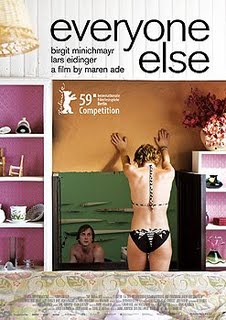


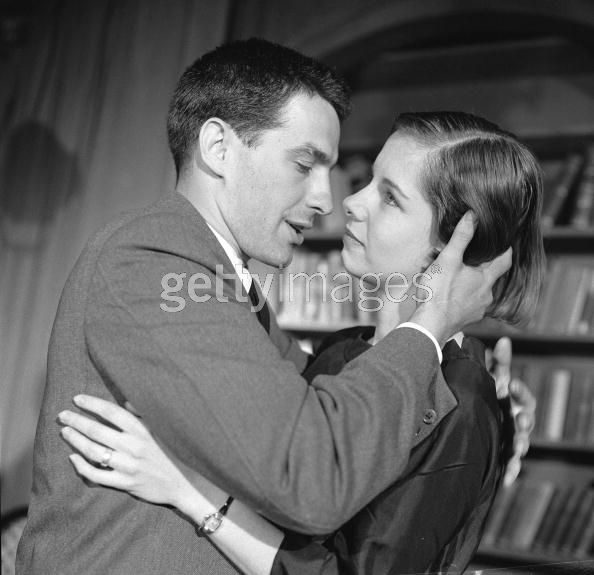
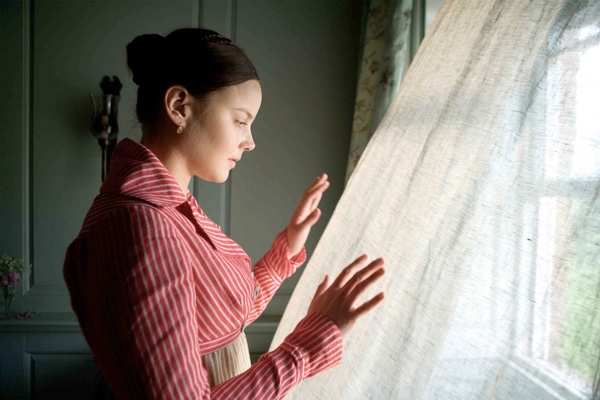



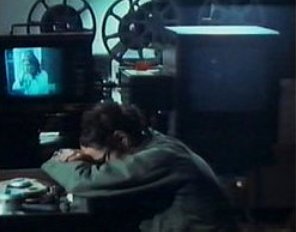

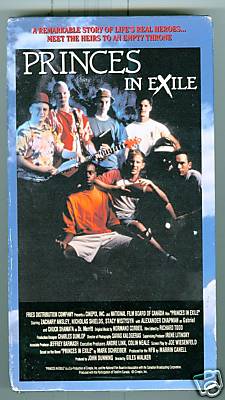
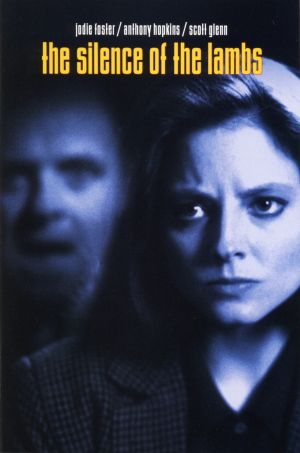
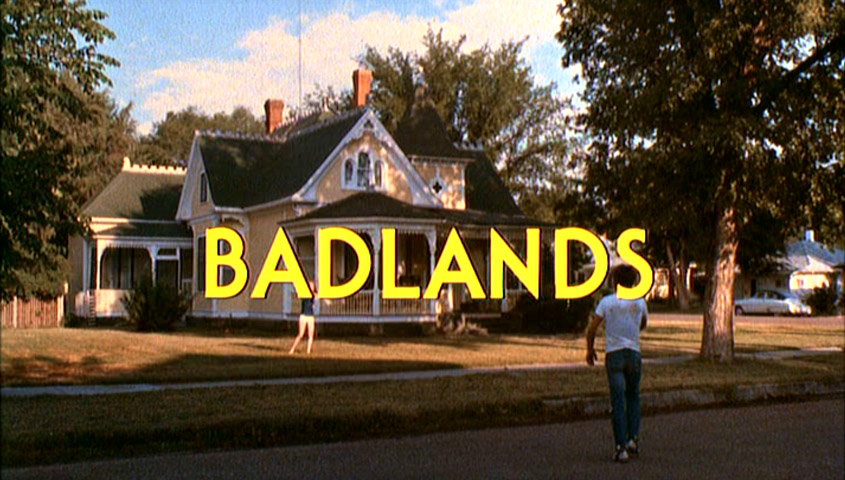
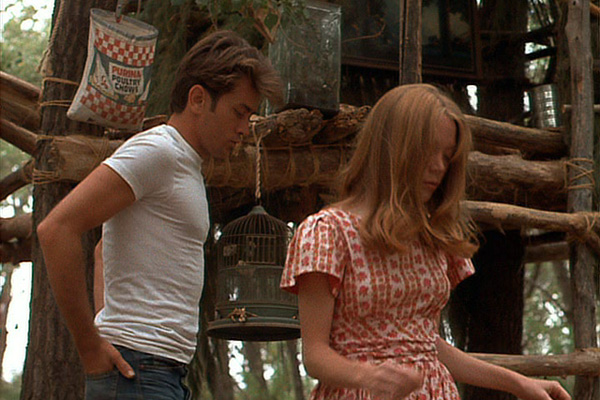
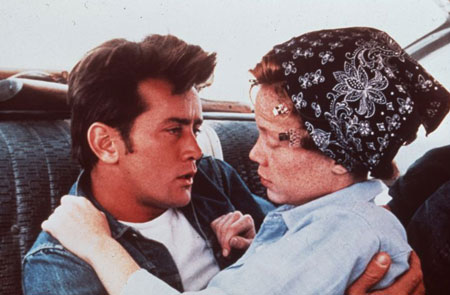


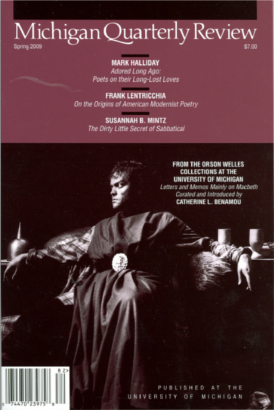 \
\